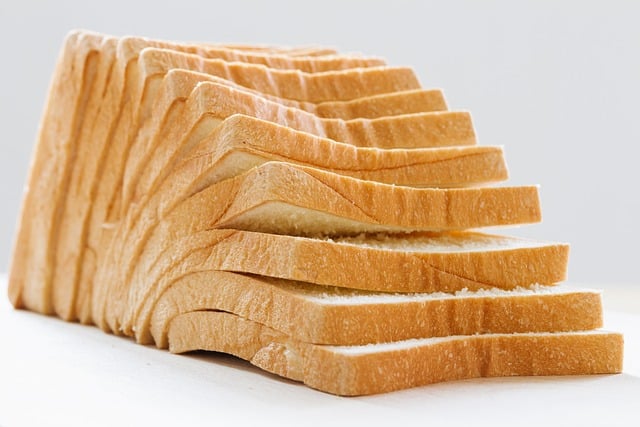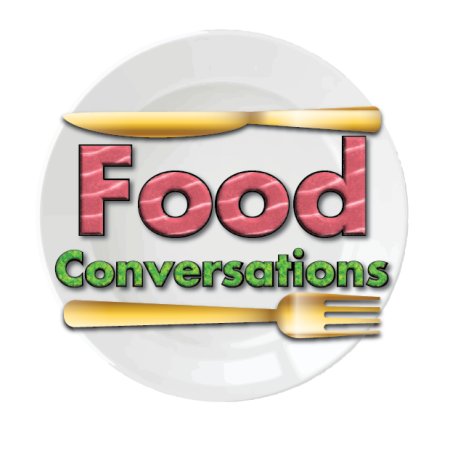White Bread
10/18/24
Welcome to the Sides, my take on various food anomalies in the world and why they entice or bother me. If you’ve bothered to join the Food Conversations, then you may as well add some Sides to your order. Dip your chips in my sauce and see where I’m coming from. Now onto the focus of the sides of today. White bread!

Are food staples doomed to be considered plain?
For something that many consider to be a staple, it’s a rather odd food. Often used as a rather racist euphemism, or just a term of phrase for ‘vanilla’ or boring, this American staple is a factor in the general obesity epidemic that seems to affect most people on this side of the globe. The American obesity is so universal, that Americans will outright deny actual fit body types as being ‘unrealistic’ or ‘unachievable’. Outrageous.
I’m getting off track though. White bread is a strange food when you get right down to it. Off the shelf, corporate brand white bread lasts an unreasonably long time when hand made breads would have spoiled days or, even weeks before. It’s also in a rather odd shape that has become so commonly seen that many are taken back by the shape of real bread. The color itself is a result of the bleached flour used in the production process, which is itself a rather unhealthy ingredient. White bread also features a large amount of sugar for bread to have, and minimizes anything that is actually good about bread for you. There is very little fiber, and trace benefits such as riboflavin are also without a trace.
“Real” bread is supposed to have a much darker color and a rounder appearance than white bread has. Sure, you can get wheat bread or honey wheat, or multi nut, or all kinds of healthier bread options and I encourage you to give these a try as a transition towards buying hand made bread or even taking a shot at making it yourself.
What’s the best thing since sliced bread?
Bread that’s actually good for you.
White bread off the shelf is usually seen sliced, in fact, it’s so common that the idea of bread that is not sliced can be a wild idea to some. That wasn’t always the case. Sliced bread did not become commonplace until sometime in the 50s. Before then, every family would have to cut their own bread at home. The main novelty of this innovation was that the bread was now cut into equal slices making it ideal for sandwiches or generally sharing it among a family. This came at the expense of faster oxidation however, and this is what lead us to the modern bread that lasts a ridiculously long time compared to it’s more natural counterpart.
I personally like bread, and I often find myself reaching for the store-bought wheat breads for the sake of convenience. But I’m also trying to dabble in making my own. Generally, making your own anything is always the most rewarding, even if it’s not objectively better than what the store offers. There are so many recipes available online and you can even tweak a classic recipe to make it your own. Some health nuts will avoid bread all together, and I can see their point. It’s filling and doesn’t have nearly as many nutrients as other foods, and the starches and sugars are damaging to your figure. Bodybuilders, fashion models, marathon runners and bikers are just a few that take their personal appearance and fitness to the extreme and would be quick to eschew bread from their diet. However like I said, I like bread. It’s hard to imagine trying to enjoy a sandwich without it. And as they say, you’ve got to go with your gut.
